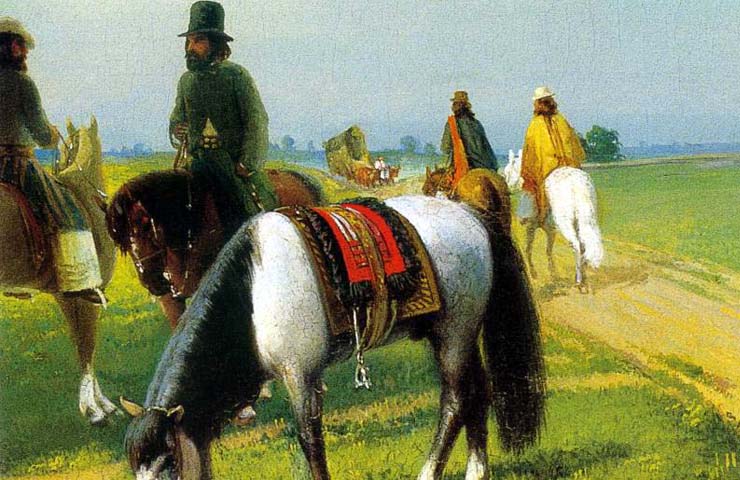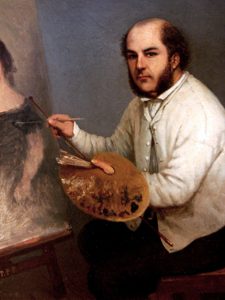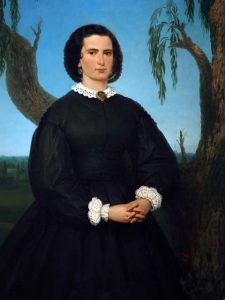



San Isidro, https://www.lonelyplanet.com/argentina/san-isidro a favorite place of the old Argentinian bourgeoisie, is a quiet city in the suburbs of Buenos Aires. Every weekend on Piazza Miter (in front of the cathedral), you too can participate in its craft fair. Walking, you will discover small shops and chic cafés, up to Villa Ocampo, the ancient home of the Argentine literate Victoria Ocampo. Here painters Alicia Carletti and Prilidiano Pueyrredón were born

One of the most important figures of the nineteenth-century Argentine artists, he left a wide and varied pictorial heritage. As an architect, Prilidiano Pueyrredón undertook important public works, but gained his fame through his portraits, landscapes and country scenes. The 1850s and 1860s were his most prolific period as a painter (233 works survive from this period). He worked on the works of several monuments (among them the Pyramid of the Plaza de Mayo and the Casa Rosada. If you want his memory to accompany you for a long time, you can go to Rivera Indarte 48 (San Isidro, Buenos Aires), where a museum dedicated to him awaits you http://museopueyrredon.org.ar/.
He also addressed the Gaucho theme, expressing it romantically according to the pictorial canons he had acquired in Europe. He was born in Buenos Aires in the winter of 1823. His father was a prominent man from the Río de la Plata, but in 1835, he had to flee Argentina. Between 1841 and 1844, Prilidian Pueyrredón lived in Rio de Janeiro, beginning to study plastic arts. He was the first painter of female nudes in Buenos Aires (his “Siesta and bathroom”, waiting you in the Museo Nacional de Bellas Artes). In addition to oil paintings, he makes some lithographs and exhibits on more than one occasion in the naval warehouse of Fusoni Hnos.
Studying architecture, in Europe, Prilidian Pueyrredón enrolled at the Paris Polytechnic, continuing however to cultivate his passion for drawing and painting. Returning to Argentina, he began to practice architecture, painting portraits for pleasure. His portrait activity was well recognized, but he was also able to draw inspiration from the landscapes of the pampas. His figure as an artist remained in the shadows until the 1930s, when he became the forerunner of Argentine national painting. Towards the end of the 60s, his health began to decline and progressively weakened. He died at 47 years of age, in the family villa of San Isidro, inside a day in November 1870.
To broaden your horizon of knowledge about other painters, you can type http://meetingbenches.com/category/paintings/. The sole purpose of this site is to spread the knowledge of these artists and that other people enjoy their works. The property of the images that appear in this blog correspond to their authors.
An invitation to rediscover the world with eyes full of wonder Spring, a symbol of…
Australian Aboriginal and ancestral spirits who created the world "Leaving bitterness behind is a journey…
Poetry and Culture of the French Pacific Islands You’re intrigued by the idea of an…
A Journey Where Wisdom Comes from Listening, Not Speaking The Indigenous Peoples of North America…
Passion and Tragedy in Shakespeare's Verona The desire to escape from the everyday and take…
Provence Trip, Inspiration for All Beauty Lovers "Sometimes you leave to forget, other times to…
This website uses cookies.